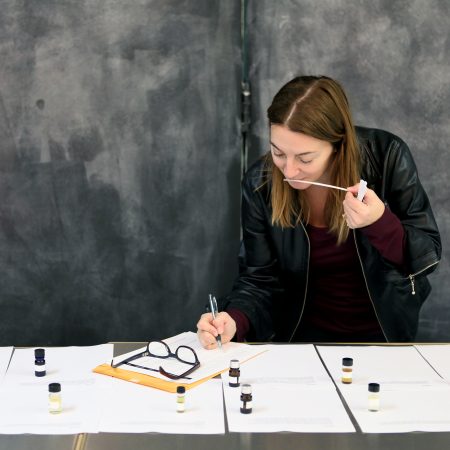
Creative Perfumery: Sherri evaluating fragrances for IAO’s Golden Pear Awards . photo credit Saskia Wilson
Over the past two decades working as a professional perfumer in the flavor & fragrance industry I’ve heard—mostly from outside the industry—of perfumers being referred to as either “creative” or “technical”. I’d like to shed light on the subject of creative perfumery, and clear up any misconceptions on the matter.
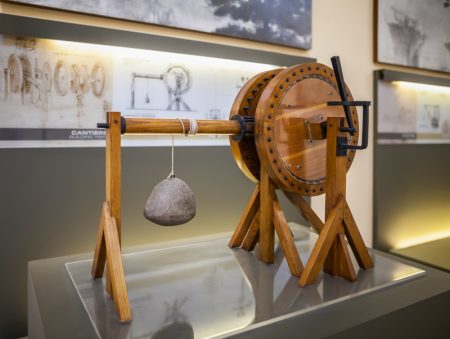
A winch model of Leonardo da Vinci`s scientific studies, displayed at the Science and Technology Museum in Milan, Italy
As fragrances across all product categories (fine fragrance, personal care, air care, and household) continue to evolve, it’s worth noting how the lines have become blurred with regard to fragrance “types”. For instance, in haircare it’s no longer enough to create an “apple” or “herbaceous” scent, as was traditionally expected. As a result, perfumers need to be both creative and technically astute in order to satisfy consumer demands with creative and high performance fragrances. Most apprentice perfumers learn quickly that indole and vanillin are the two main ingredients that cause discoloration. It’s no longer enough, though, to succeed in creating a fragrance today with limited technical knowledge. The list of aromatic ingredients and their respective interactions, stability, and performance continues to grow and change, along with the ingredients in finished products.
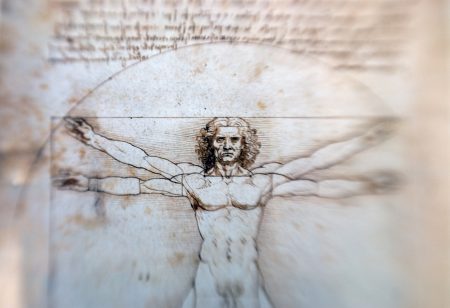
The Vitruvian Man drawing made by the Italian polymath Leonardo da Vinci around 1490
Like in so many complex endeavors, the devil is in the details. Think back to the great artists like Leonardo Da Vinci, who studied math and science. He utilized and embraced scientific knowledge as a foundation for the timeless masterpieces he created. When it comes to perfumery, creativity also finds its deepest meaning in these technical details.
A more topical example would be the cult of celebrity chefs today. No matter how much flash a dish can appear to deliver, there’s no substitute for the finely tuned proportions of a grandmother’s soup or specialty dish. ‘A pinch there’ or ‘a dash there’, along with a seemingly innate knowledge of temperature and timing is not accidental or simply creative, but the result of a deeper understanding of the technical nature of cooking. Sometimes I feel that so-called creativity has gone too far, and we’re left wanting something more substantive than a good (?) idea.
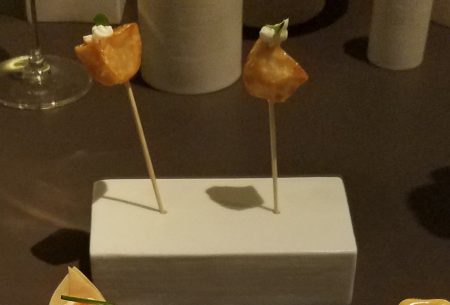
Case in point; I once paid an embarrassing amount of money at a restaurant for a fancy tasting menu, where I was served a tiny roasted potato on a toothpick as one of the courses. I couldn’t help but think of my grandmother, who grew up during the Depression AND made excellent potato dishes (from her own garden), and how this incomplete dish would have baffled her. I’ve heard similar stories from people who’ve left these type of dinners feeling hungry, even stopping for fast food afterwards!
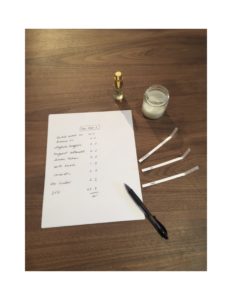
Sherri creating a perfume formula
But back to perfumery and creative perfumery…. like any business where art and commerce intersect, there’s bound to be tension between what’s considered highly artistic and the more mundane “technical details”. It’s my own experience on the matter, however, that’s given me the greatest insight. In the 90’s, when I apprenticed to several fine fragrance (creative) perfumers, part of my training involved making line extensions from their fine fragrance formulations. It wasn’t uncommon for formulas to contain over 150 ingredients, some at trace amounts, all the way out to the third decimal place. These creations often took over a year to create and the level of detail was astounding. In order to reduce a formula from 150 ingredients to say, 30 or less while retaining the same character requires a LOT of creativity. First, the technical details need to be considered—which ingredients cause discoloration, fade in strength, change character and how do they translate in different applications? Even switching from a paraffin to a soy wax base necessitates a rework to retain the same scent profile. Maybe one percent of an ingredient in a fine fragrance formula now needs to be five percent in a candle formula to give the same effect. Months of stability testing and evaluation go into the process. Once I had a handle on these details I was able to use my creative skills to fine tune and calibrate each ingredient until the scent profile matched the original scent, with fewer ingredients.
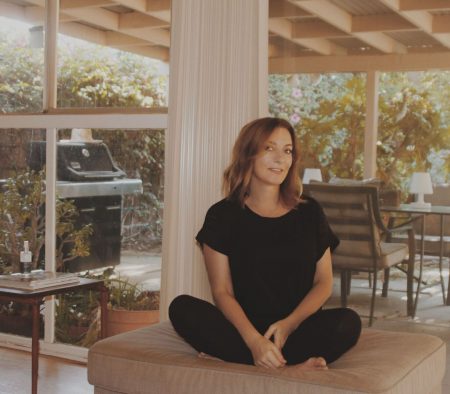
Sherri Sebastian of Provision Scents is based in Los Angeles and holds a seat on the Board of Directors for the American Society of Perfumers
Although it’s not as glamorous sounding as, say, sitting on a yacht dreaming up the next fragrance trend, this work informed my own process and creative perfumery exponentially. Today I can let my imagination take the lead, with a greater assurance that my ideas will be translated into a viable fragrance. No need to add more vanilla to a fine fragrance, since it will just get lost in translation at some point. Forget using traditional citrus oils or sheer floral notes in a candle. The list goes on.
Finally, I’m not suggesting that only perfumers with a strong technical background can create a timeless masterpiece, but I am saying that technical mastery is a key component of creative perfumery.
After all, there’s no wizardry in creating fragrances that simply smell good.
–Sherri Sebastian, Contributing Editor and perfumer for Provision Scents
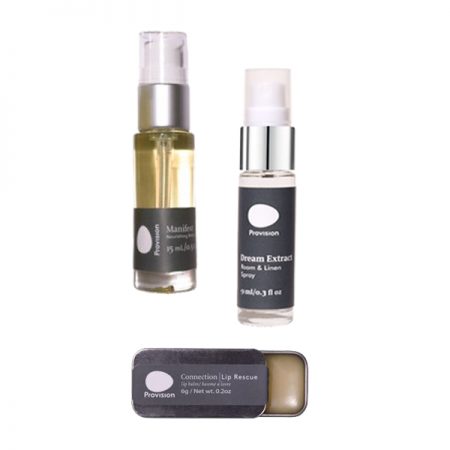
Provision’s Mini-Luxe Dream Set contains carefully crafted scents designed for each unique application.
Thanks to Sherri’s generosity we have a set of a Provision Scents Mini Luxe Dream Set for one registered reader in the U.S, (you must register or your comment will be ineligible). Please leave a comment with what you learned/enjoyed about Sherri’s article on The Technical Nature of Creative Perfumery and if you have any questions as Sherri will check back to answer them. Draw closes October 15, 2019 Please like The Series on Facebook here and your comment will count twice
Follow us on Instagram @provisionscents and @cafleurebon
We announce the winners only on our site and on our Facebook page, so like Çafleurebon and use our blog feed, or your dream prize will be just spilled perfume
This is our Privacy and Draw Rules Policy
All photos by Sherri unless otherwise specified
